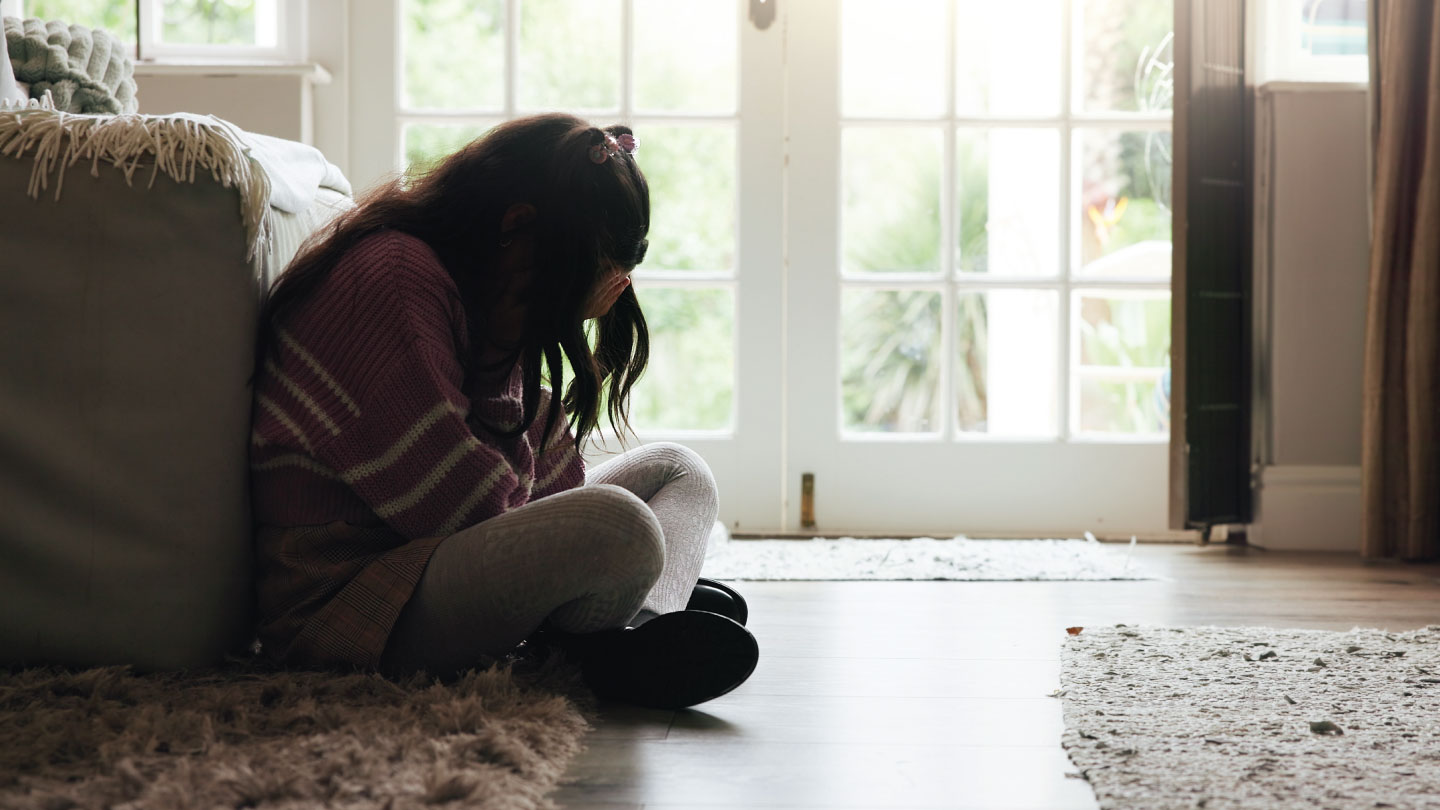Mental Health
The Power of Mindful Breathing: Advantages and Easy Techniques You Should Know About
We breathe all day, every day without giving it much thought—but when practiced mindfully, this simple act can work wonders for both our physical and mental health. Here is a surprisingly easy mindful breathing routine that can help you reduce stress, alleviate chronic pain, and much more.

Breathing comes naturally to all living beings and it is vital for our survival. But due to its simplistic nature, it is often overlooked. Maybe we don’t think about the way we breathe because it is an involuntary act that doesn’t require much attention.You are breathing right now. But do you notice how your body feels with each inhale and exhale?
Mindful breathing is an extension of meditation that literally anyone can practice, at any given moment. It requires no complicated instruction and is accessible at all times. All you need is the correct outlook and some motivation. It is, without doubt, one of the most effective antidotes to stress and pain, and should be the first step along the path to holistic wellness. Yogis and Buddhist sages have been preaching the importance of mindful breathing for thousands of years. They’ve made conscious breathing a central part of their practice precisely because it’s so effective at taming an overactive mind. The best part is that along with being a holistic method, the technique has also been endorsed by modern science. Let’s have a look at some research-backed benefits of mindful breathing.
The benefits of mindful breathing:
Helps reduce chronic pain
According to researchers at the University of Michigan, USA, mindful breathing reduces chronic pain by modulating the somatosensory cortex, a region of the brain responsible for processing pain. The study also stated that when harnessed properly, mindful breathing can significantly reduce the tendency to rely solely on pain medications. Another 2016 study by Dr Fadel Zeidan, Department of Neurobiology and Anatomy, Wake Forest University School of Medicine, USA, found that mindful breathing and meditation can be effective in reducing the level of pain intensity in conditions like fibromyalgia, migraines, and lower back pain.
Decreases anxiety and negative thoughts
A study by Dr Greg Feldman, Department of Psychology, Park Science Center, Boston, USA, found that practising mindful breathing can significantly decrease repetitive negative thoughts common in people with anxiety and depression. It affects both short term and long term anxiety.
Reduces chances of burnout
With most of us affected by both household and work-related stress, it’s natural to feel burnt out from time to time. But a few simple exercises can easily help reduce that. A 2020 study published in the Journal of Medical Internet Research found that mindful breathing can help reduce burnout, cynicism, emotional exhaustion, and anxiety—ultimately increasing
productivity at both work and home.
Helps patients with respiratory diseases
Dyspnea or shortness of breath is a common and distressing symptom found in people that struggle with lung diseases. According to a study by Dr Seng-Beng Tan, Department of Medicine, University of Malaya, Malaysia, a 20-minute session of mindful breathing was found to be effective in reducing dyspnea rapidly for patients with lung cancer, chronic obstructive pulmonary disease, and asthma.
May improve brain function
Scientists from the Center for Mind and Brain, University of California, USA, have been studying a group of people who attended a meditation course seven years ago. After concluding the research, they found out that just 25 minutes of mindful breathing was shown to improve brain function and boost energy levels when performed regularly over long periods of time. The research paper, which is published in the journal Psychophysiology, states that controlled breathing can affect levels of noradrenaline—a stress hormone. When released in the right amount, noradrenaline creates new connections between brain cells, helping your brain stay young.
How to practice mindful breathing at home
Here are some easy-to-follow steps that can help you get acquainted with mindful breathing within no time:
- Get in a comfortable position: You can either sit or lie down and basically try to relax as much as possible. Wear something that doesn’t constrict you physically.
- Set the mood: Make sure that the room temperature is well regulated. However, it’s even better if you’re performing this exercise out in fresh air. You can use aromatherapy to relax even further. Fragrances like lavender have been scientifically proven to reduce anxiety.
- Use a guided recording: Some people like to meditate with soothing music playing in the background. You can either go the Tibetan chant route or if you’re looking for something unconventional then ASMR can be a great option for helping you unwind.
- Pay attention to how you breathe: Start with the basics: breathe in and out and take note of how each inhale feels. Is it short or long? Deep or shallow? Where do you feel the maximum impact, in your nostrils, chest or your belly? Count each time you inhale and exhale and focus on what’s happening at the present moment.
- Try breathing exercises: If you find it hard to focus on the present and your mind wanders off to other activities, try incorporating a few breathing exercises to your routine. And even if you struggle at first, don’t judge yourself. Instead, let your mind wander and slowly bring it back to the present.
- Notice the changes: Once you’re done, pay attention to how you’re feeling. Ask yourself: does your body feel different? Do you feel lighter than before? Are you more relaxed? Remember that with mindfulness, there is no right or wrong. Don’t expect drastic changes and try to be more patient.
- Simplify your routine: Most people run away from meditation and mindful breathing because they think it requires extra time and effort. Well, that’s simply not true. You can practice mindful breathing almost anywhere; in the shower, right before going to bed, or even while doing dishes.
EXPLORE MORE
Every child worries as they grow up. But when anxiety starts shaping their behaviour, body, and confidence, parents need to pause and look closer. A psychologist explains how to spot the difference early.
Unloading your frustration can feel cathartic, but repeated venting may do more harm than good when it comes to emotional regulation.
Here’s a simple guide to different therapy styles and how to choose the one that fits your mind, mood, and moment.
Perfection is overrated. Tiny, consistent wins, the kind you barely notice, are what actually strengthen resilience and improve your mental health.







.jpg)

.jpg)
